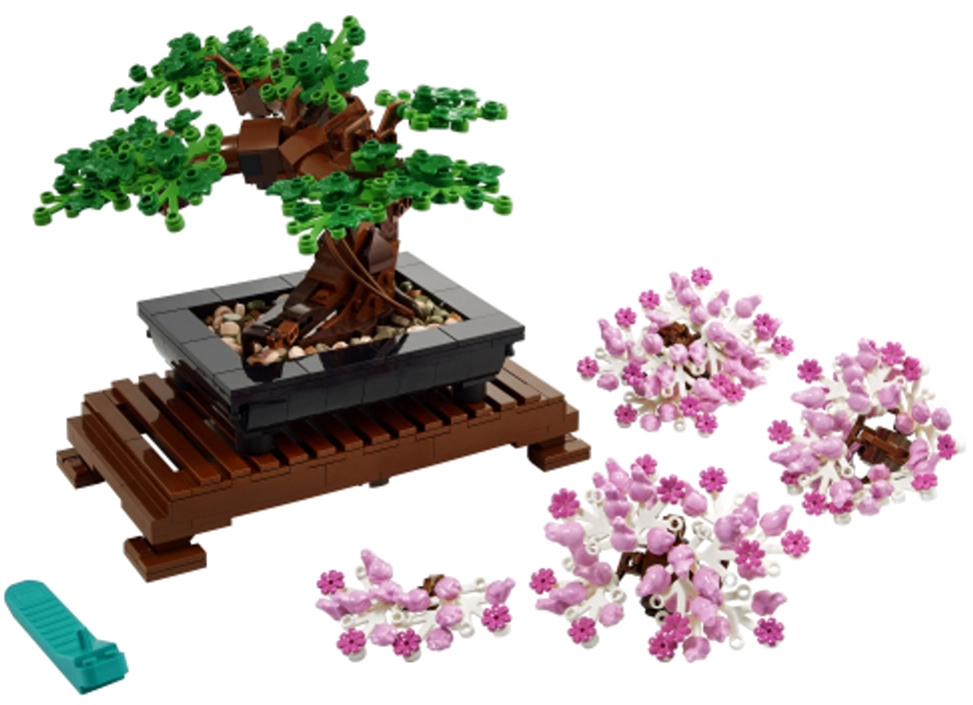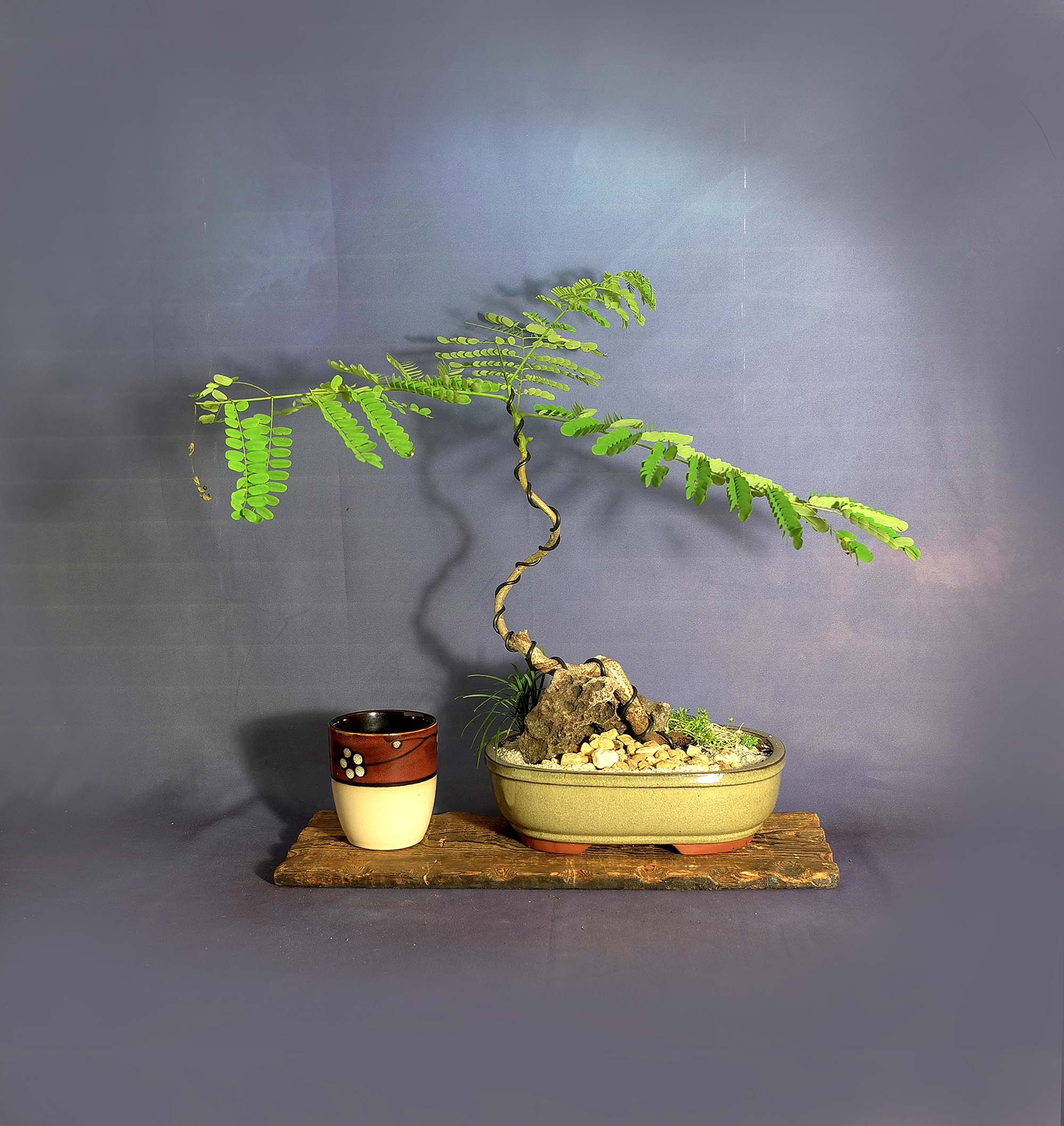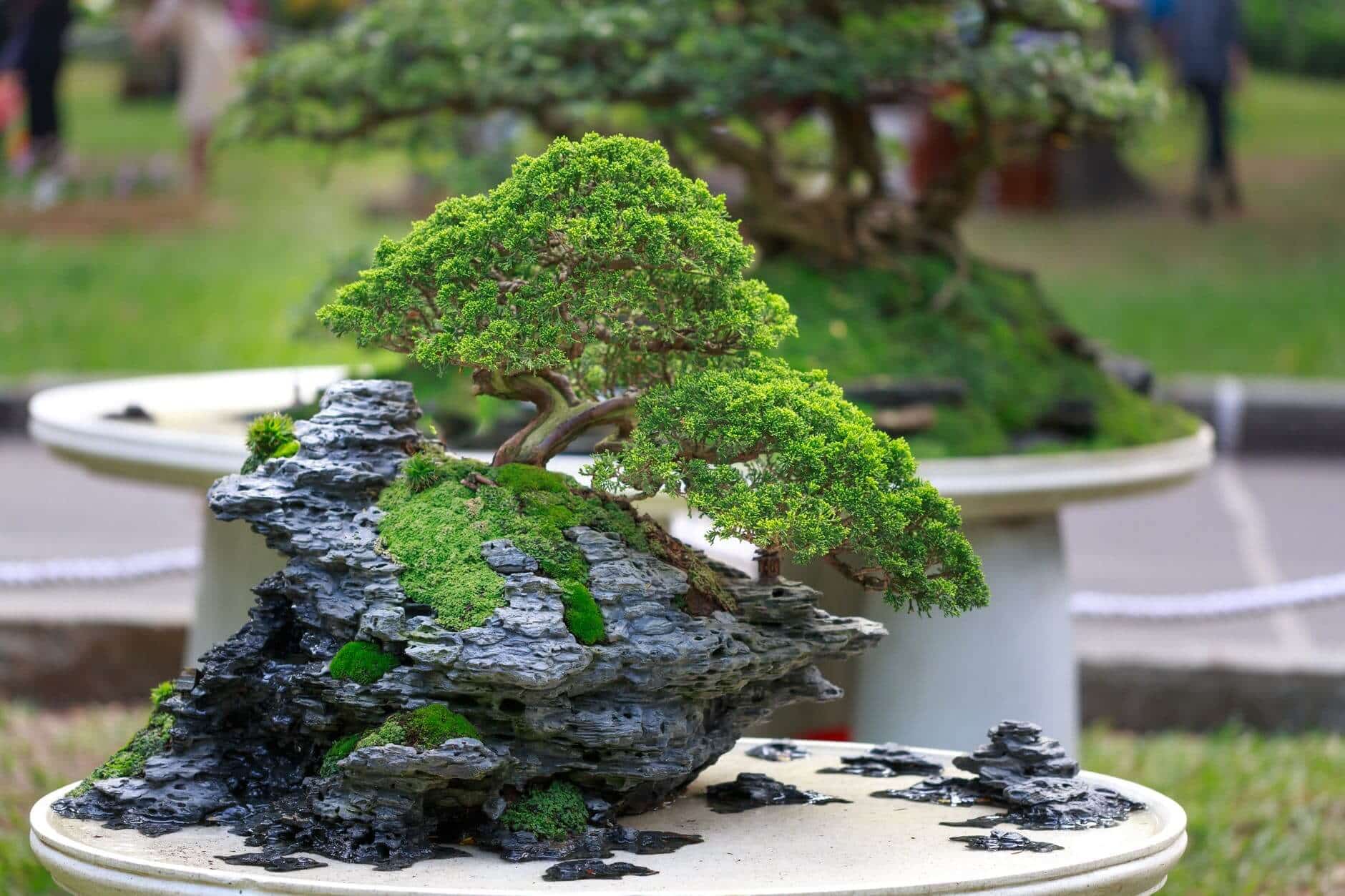Physiology of shaping bonsai trees
Table of Contents
Table of Contents
Bonsai tree shaping is an art form that has been around for centuries. It requires patience, dedication, and a keen eye for detail. The process involves shaping small trees into beautiful, intricate designs that reflect the natural beauty of trees. For those looking to take up this hobby, bonsai tree shaping can be a rewarding and relaxing activity. However, there are key aspects to consider before taking on the challenge.
Pain Points of Bonsai Tree Shaping
One of the main challenges of bonsai tree shaping is the time and effort required to maintain the small trees. Bonsai trees require constant attention, including pruning, watering, and fertilizing. Additionally, improper shaping techniques can damage or even kill the tree. Bonsai tree shaping can also be expensive, as quality tools and materials are necessary to create and maintain healthy trees.
The Target of Bonsai Tree Shaping
The primary objective of bonsai tree shaping is to create a miniature tree that reflects nature’s beauty. Through the use of pruning and wiring techniques, bonsai trees can be shaped to represent different styles, such as formal upright, informal upright, and slanting. Bonsai tree shaping aims to give the tree an aged, natural look while also conveying a sense of serenity.
Summary of Bonsai Tree Shaping
Bonsai tree shaping is a rewarding hobby that requires patience and dedication. While it can be challenging, the end result is a beautiful miniature tree that reflects nature’s beauty. Factors to consider before embarking on this hobby include the time, effort, and financial cost, as well as the need for proper tools and techniques.
Bonsai Tree Shaping Techniques and Tips
One important technique in bonsai tree shaping is pruning, which involves cutting back on specific branches to shape the tree. Wiring is another critical technique that involves wrapping copper wire around the branches or trunk to encourage the tree’s growth. However, it’s essential to take caution when wiring as it can damage or even kill the tree if not done correctly. It’s also vital to keep the tree healthy by paying attention to watering, fertilization, and sunlight. Understanding the specific needs of each tree species and the climate is critical.
My personal experience with bonsai tree shaping began when I was gifted a small tree by my grandfather. At first, I was intimidated by the process and thought it would be too complicated to shape the tree. However, after doing thorough research and consulting with experts, I was able to turn the small tree into a beautiful bonsai tree while also learning the importance of patience and dedication.
Reasons for Bonsai Tree Shaping
The reasons for bonsai tree shaping vary from person to person. Some see it as a form of meditation or therapy, while others enjoy the challenge of shaping and maintaining a miniature tree. Bonsai trees also make for unique home decor and can enhance any room’s ambiance. Additionally, the art form is believed to have Buddhist roots and is viewed as a form of mindfulness.
Best Types of Trees for Bonsai Tree Shaping
Several tree species are ideal for bonsai tree shaping. Some of the most popular include the juniper, pine, and maple. Junipers are known for their hardiness, while pines and maples are popular for their distinctive bark and vibrant foliage.
Bonsai Tree Shaping and Its Health Benefits
Bonsai tree shaping has several health benefits, including reducing stress, increasing creativity, and improving focus. The activity requires patience and dedication, leading to a sense of mental calm. Additionally, the process of shaping and nurturing the tree creates a sense of accomplishment, thereby boosting self-confidence and creativity.
Question and Answer
Q: Can any tree be used for bonsai tree shaping?
A: While most trees can be used for bonsai tree shaping, certain species are better suited than others. Trees with small leaves and short distances between branches are ideal for shaping.
Q: Is it necessary to have a specific room temperature for the bonsai tree?
A: Yes, each tree species requires specific temperatures and humidity levels to thrive. It’s essential to research each plant’s specific needs before beginning the shaping process.
Q: Can bonsai trees be grown indoors?
A: Yes, bonsai trees can be grown indoors. However, it’s essential to make sure they receive the appropriate amount of sunlight, humidity, and watering necessary for the species.
Q: How long does it take to properly shape a bonsai tree?
A: The process can take several years and requires attention and dedication. However, each tree will grow at its pace, and it’s crucial to let the tree grow naturally, shaping it as it develops.
Conclusion of Bonsai Tree Shaping
Bonsai tree shaping is a rewarding and enjoyable art form that requires patience, dedication, and a love of nature. When done correctly, the end result is a miniature tree that reflects nature’s beauty and provides a sense of tranquility. Taking care of bonsai trees also has several health benefits, making it an excellent activity for those looking to improve mental health and increase creativity.
Gallery
How To Shape A Bonsai Tree | Bonsai Tree Gardener

Photo Credit by: bing.com / bonsai pyracantha tree shape shaping pruning
Bonsai Tree: 17+ Modern Shaping Bonsai Pictures
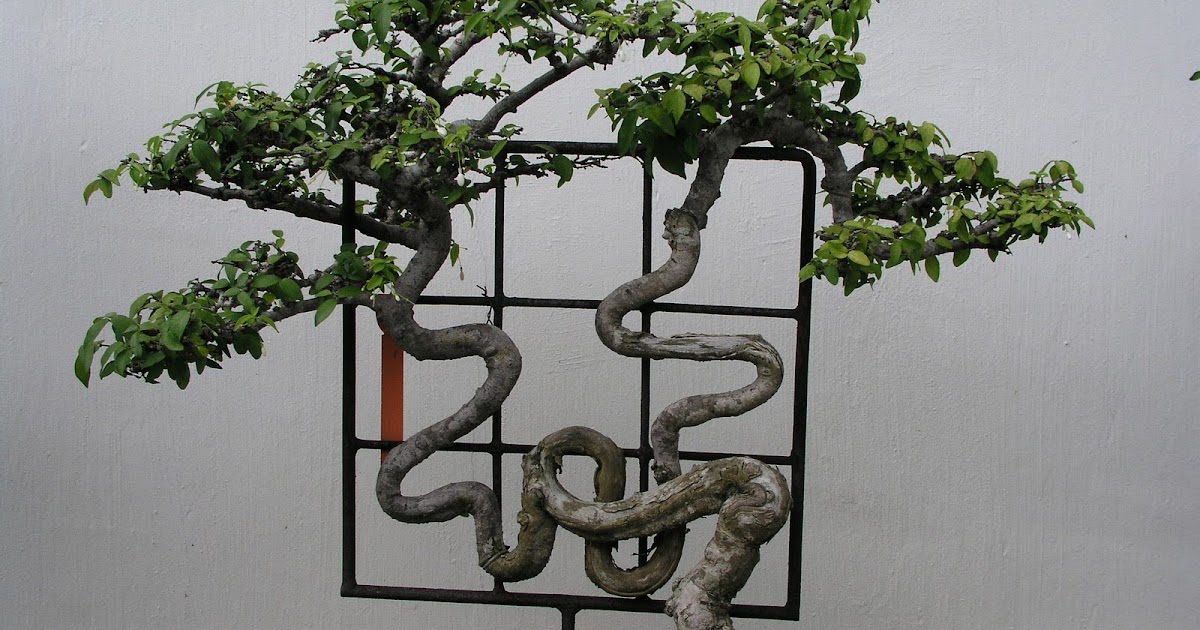
Photo Credit by: bing.com / shaping
Physiology Of Shaping Bonsai Trees | Bonsai Tree Gardener
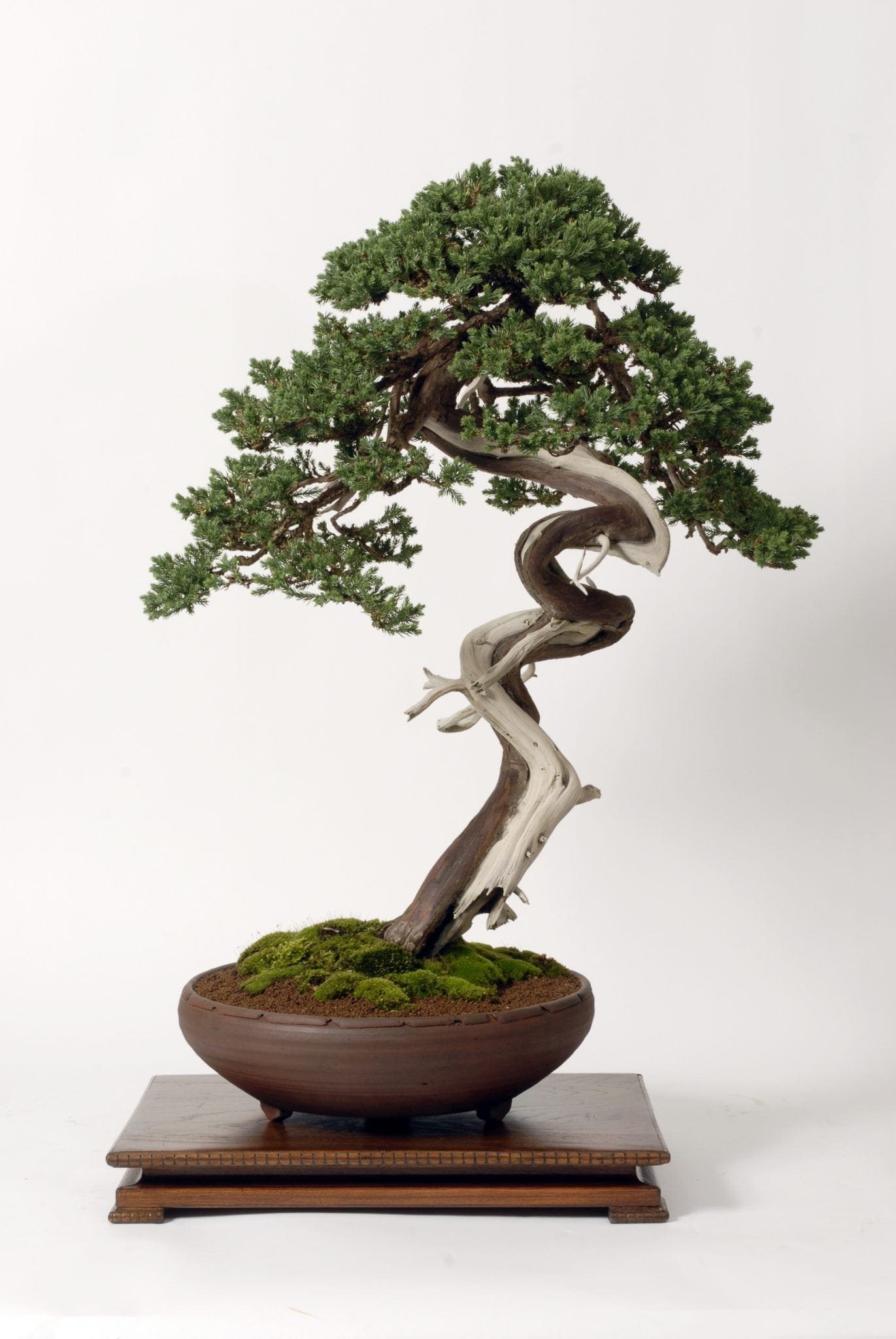
Photo Credit by: bing.com / bonsai trees shaping tree physiology plant
Bonsai Garden - Bonsai Tree Care - Small Trees - Big Impact!

Photo Credit by: bing.com / bonsai tree shape shaping trees care trimming garden keep maintain allow overall appearance miniature their
Bonsai Style: The Secrets Of Shaping
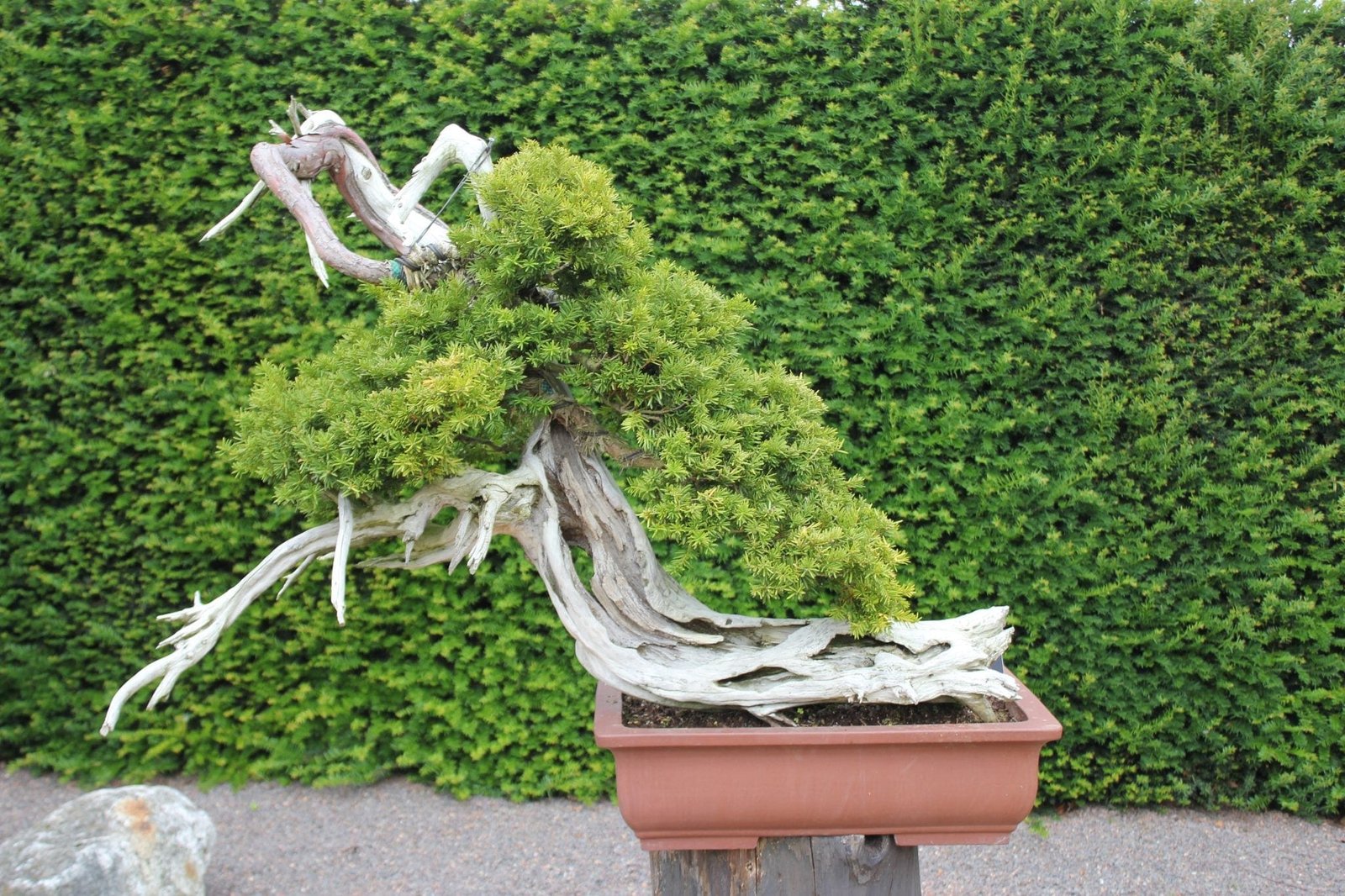
Photo Credit by: bing.com / bonsai shaping tree style cuspidata taxus



